Forest & Whale Find Meaning in an Expanded Territory for Design
A potent mix of sustainable design, social and environmental care, behavioural nudges, and future visioning bubbles beneath the surface at multidisciplinary design studio Forest & Whale. For Co-founders Wendy Chua and Gustavo Maggio, design for twenty-first-century realities is a process of interdisciplinary collaboration, conversation, and exchange.

Article by Narelle Yabuka.
Take a look online at the list of DesignSingapore Scholarship recipients and you’ll notice a distinct shift in the types of courses being taken over the last decade. In the first years of the programme, which was established in 2005, the majority of recipients opted to study in longstanding and discrete disciplines such as industrial design, architecture, graphic design, and fashion design. By around the mid-2010s, however, new creative territories were proving just as enticing.
Courses in service design, information experience design, global innovation design, and design for social innovation were being targeted by Singapore design students. From the driving influence of new technologies, to the greater stead being given to design in the corporate and commercial worlds, and new recognitions of design’s potential for social impact, the choices of Dsg Scholars tracked an expanding definition of design that was transforming practice and the contexts in which it occurred.
Wendy Chua, Co-founder with Gustavo Maggio of multidisciplinary design studio Forest & Whale, had been looking for a course that would take her into the gaps between knowledge – precisely where she and Maggio (her partner in work and life) wished to focus their practice. She received a Dsg Scholarship in 2021 to study for a Master of Arts in Open Design. The interdisciplinary course delivered by two institutions – Humboldt University of Berlin and the University of Buenos Aires –had her exploring that expanded territory of design in the gaps between design, natural sciences, humanities, and media technologies – a potent combination that is influencing the creative directions being taken by Forest & Whale.
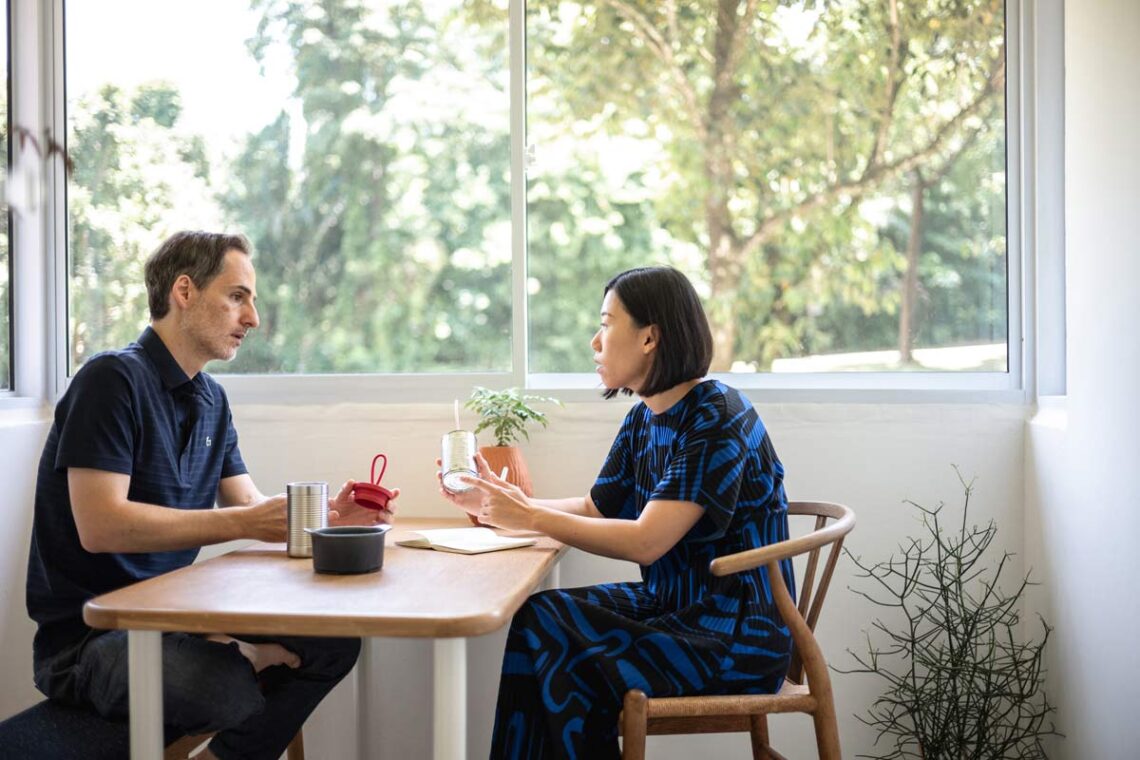
Exploring new territories for design
“I intentionally looked for a master’s programme that was not design centric, but had a design lens,” says Chua of the course, which she completed earlier this year. “My professors were not trained in design. One of them was a microbiologist!” she explains – a specialisation she relished as she developed a thesis project that propelled her into the realm of marine science and the health of the sea around Singapore.
“I was studying problems that come from the sea to the land, especially the harmful algal blooms that are caused by marine heatwaves and pollutants, among other things. These toxic blooms can kill the fish stock in our floating fisheries within a day,” she says.
“Do you remember the bioluminescent waves that were hitting Sentosa last year?” she asks. “People were flocking there and playing with the water, but seemingly without a deep understanding of the potential harm. How does this connect back to the fish you buy at the supermarket? That’s where design can come in – to help connect the dots and narrate,” she explains.
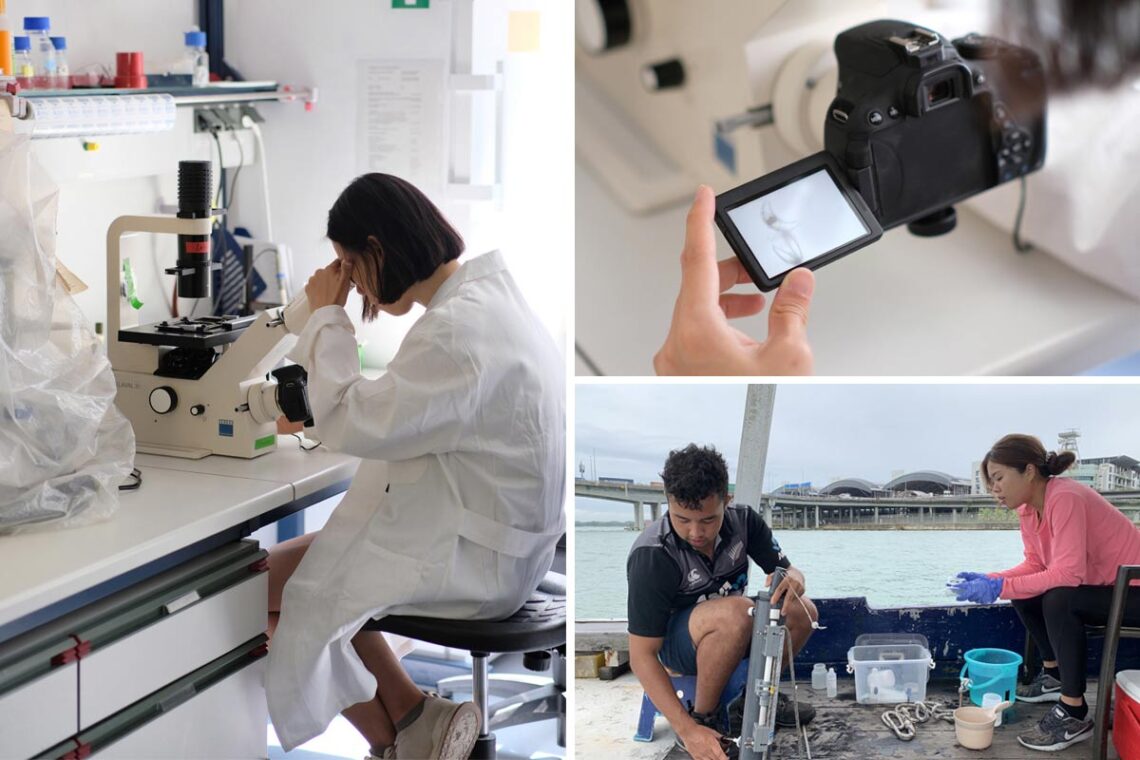
One of the outcomes of her study was a model for thinking about the coastal threat posed to Singapore by algal blooms. Chua has called it the Sensing Blooms Lab, and she envisions it as a tool for enhancing public awareness as well as a means of synthesising data that may otherwise remain siloed. “It’s about using design to weave together different fields and translate insights into strategies and outcomes,” she says, adding that she plans to develop it further in ongoing academic research.

Designers need to mediate cross-sectoral collaboration and research interests, and bring varied fields together to solve the very complex problems we have today – whether it’s a social care or environmental care issue.
— Wendy Chua
The evolving role of the designer
Chua and Maggio, both originally trained in industrial design, founded Forest & Whale in 2016 with the intention to calibrate design for greater impact in areas they feel deeply for – environmental and social care. The pair were already successful and established product designers, having twice received the President*s Design Award (P*DA) ‘Design of the Year’ accolade (with Gabriel Tan and Sebastian Alberdi) as part of now-disbanded studio Outofstock, and achieving production of that studio’s designs through international brands such as Ligne Roset and Bolia as well as locally based Scanteak.

They continue to create industrial design products as Forest & Whale (for brands Blå Station, Ekobo, FENIX, and Scanteak), among other activities such as curation and exhibition design for Red Dot Design Museum and the DesignSingapore Council (Dsg). However, as evidenced by Chua’s marine-based explorations and other projects besides, their approach to design has evolved in tandem with a widened conception of the design ecosystem – often targeting new modes of understanding of environmental and social issues, and nudging behaviour toward positive ends.
Wallflower – an interactive wall poster that transforms seeds into living room art – provides an example of the latter. Forest & Whale redesigned gardening as a ritual, inviting colour chips containing seeds to be torn off the poster, planted in soil, and grown into herbs – the poster evolving in shape in tandem with the gardening activity. The project (now preparing for production) was presented in the Dsg-initiated Future Impact showcase of Singapore design during Milan Design Week 2023 (curated by Tony Chambers and Maria Cristina Didero), which will be reprised on home ground during Singapore Design Week this month.
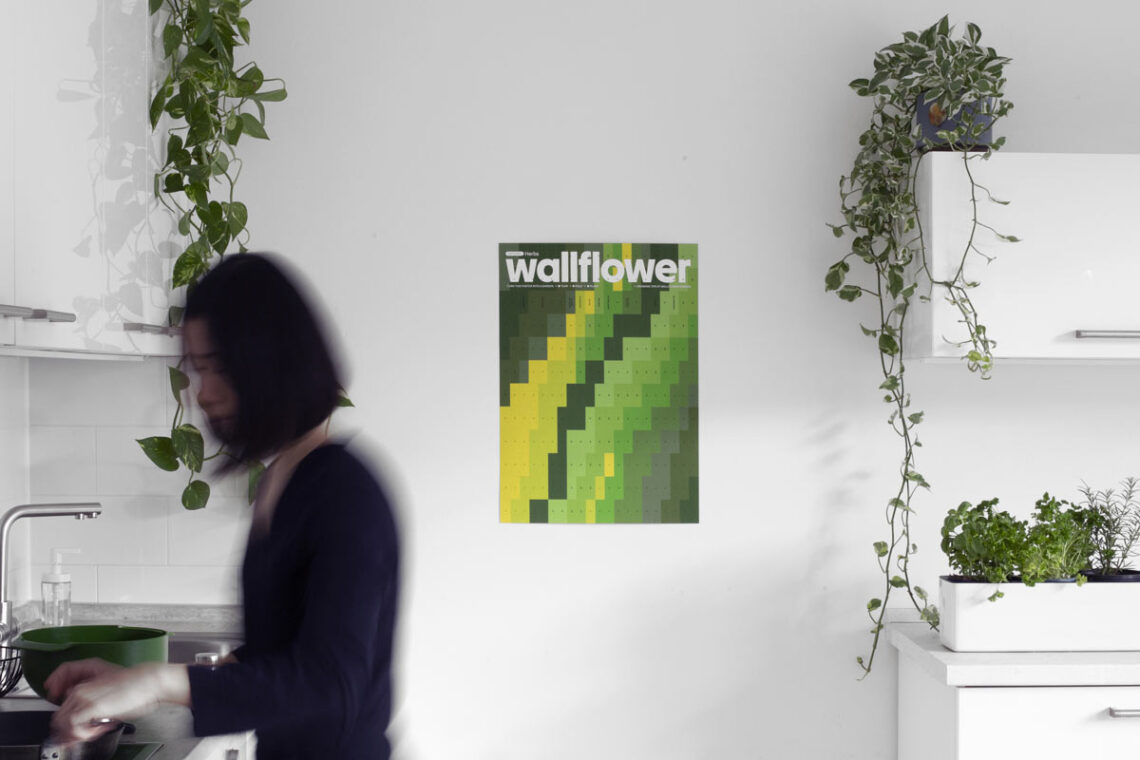
Back in 2020, at the height of the COVID-19 pandemic, Chua and Maggio’s alarm over the skyrocketing use of disposable plastics in Singapore developed into a research-driven project that sought to circumvent the wastage. “The use of disposable plastics has always been a problem in Singapore because, for various reasons, we don’t recycle much,” says Maggio, “but during the pandemic it was an exceptional problem. We designed some solutions based on objects but also a system of reuse.”
Their efforts were supported by Dsg’s Good Design Research initiative, which provided Chua and Maggio with both funding and mentorship. It gave them the bandwidth to undertake a thorough study of hawkers’ challenges with existing reusable containers, customers’ reasons for not using them, and the carbon footprint of their proposed solution for a reusable take-away food container – designed with circular principles – that would be used in a shared system.
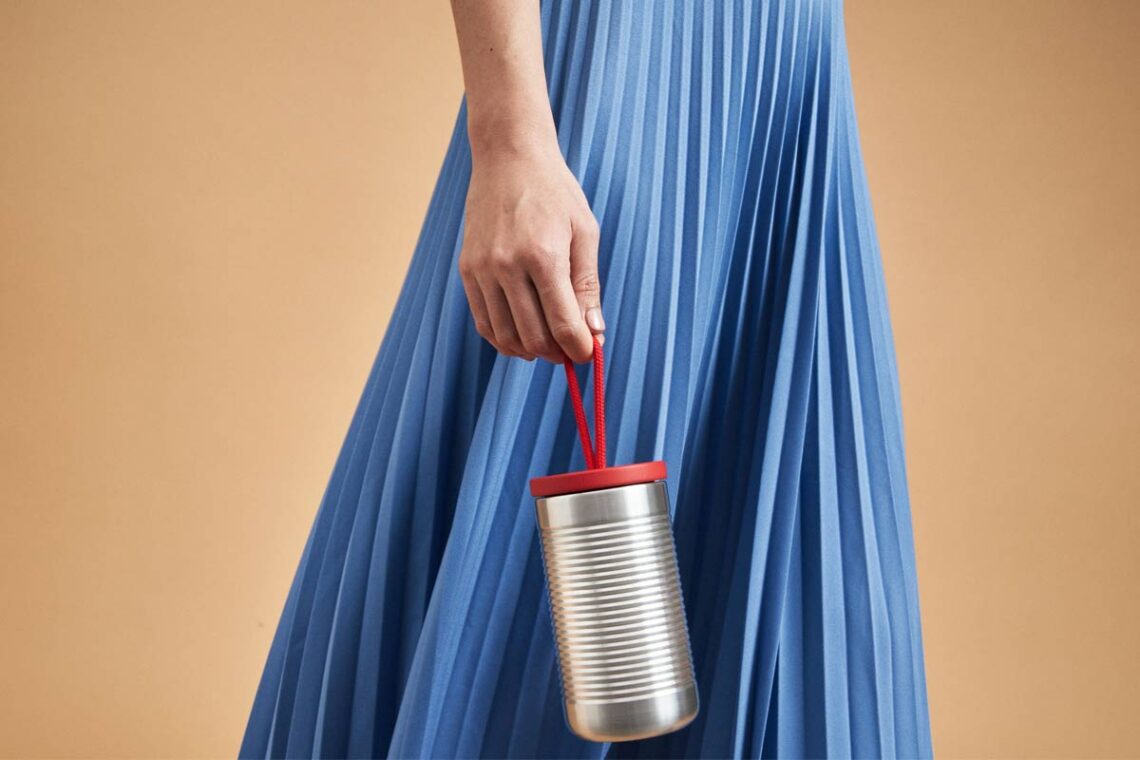
They also developed a design for a reusable drink flask, the KopiCup (designed with reference to the local culture of drinking coffee from empty milk tins), which Forest & Whale intends to bring to market after further business development. The principles behind the food container, meanwhile, are being shared with secondary school students by Chua and Maggio in their role as consultants to Dsg’s Learning by Design programme.
Alongside Forest & Whale’s deep concern for environmental care and behavioural shifts sits a parallel concern for systems of social care. This avenue of their practice began with the project Both Sides, Now – an initiative of philanthropic organisation the Lien Foundation – which aimed to overcome the taboo associated with discussing death and end-of-life care planning. Forest & Whale designed exhibitions for public housing void decks and spaces for puppetry and participatory theatre, which succeeded in attracting community members of all ages to performances.
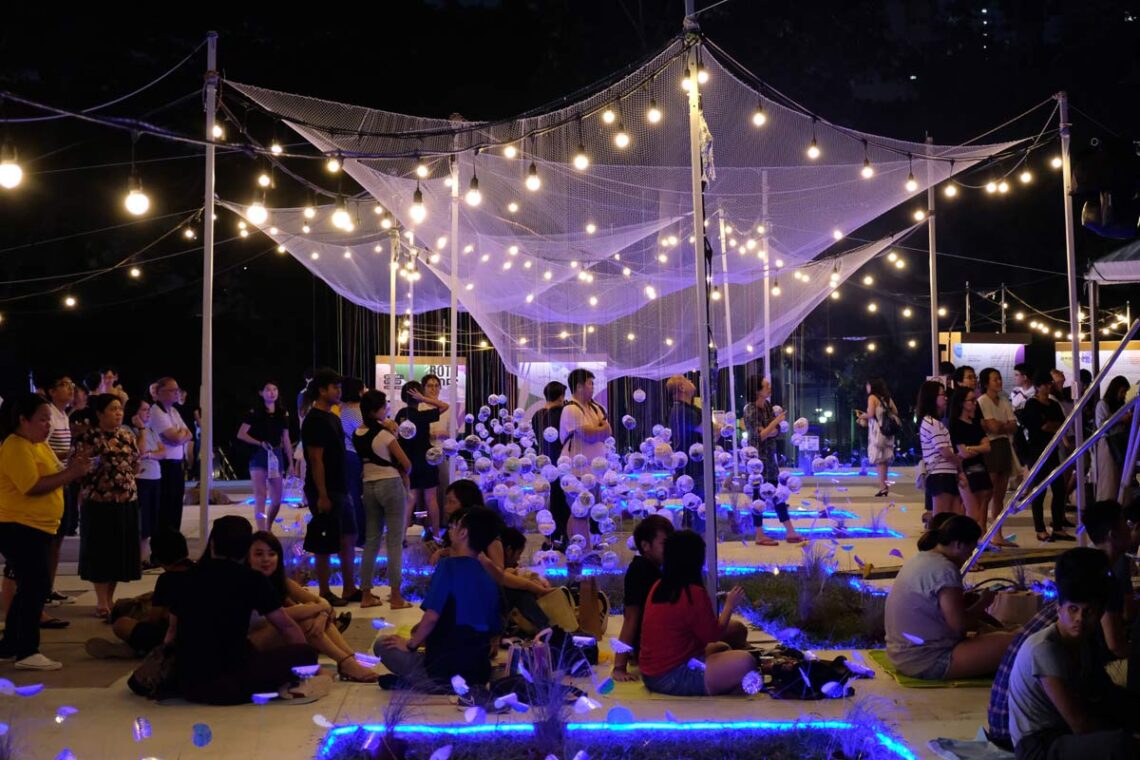
A current project with the Lien Foundation focuses on social isolation in senior men – a group, Chua explains, that often shuns community centres, active ageing centres, and social care agencies. “They’d much rather sit at a coffee shop all day,” she says. “So instead of trying to bring them to care centres, we thought: ‘Why don’t we let them be where they’re most comfortable and bring practices of care to them?’” Chua and Maggio will be “hacking the kopitiam space” and testing out service concepts at several coffee shops in Ang Mo Kio over the coming months.

In a way, it’s like redefining the traditional ethnographic research that’s part of traditional industrial design – finding other ways to engage with people who may not want to sit down for a typical learning interview.
— Gustavo Maggio
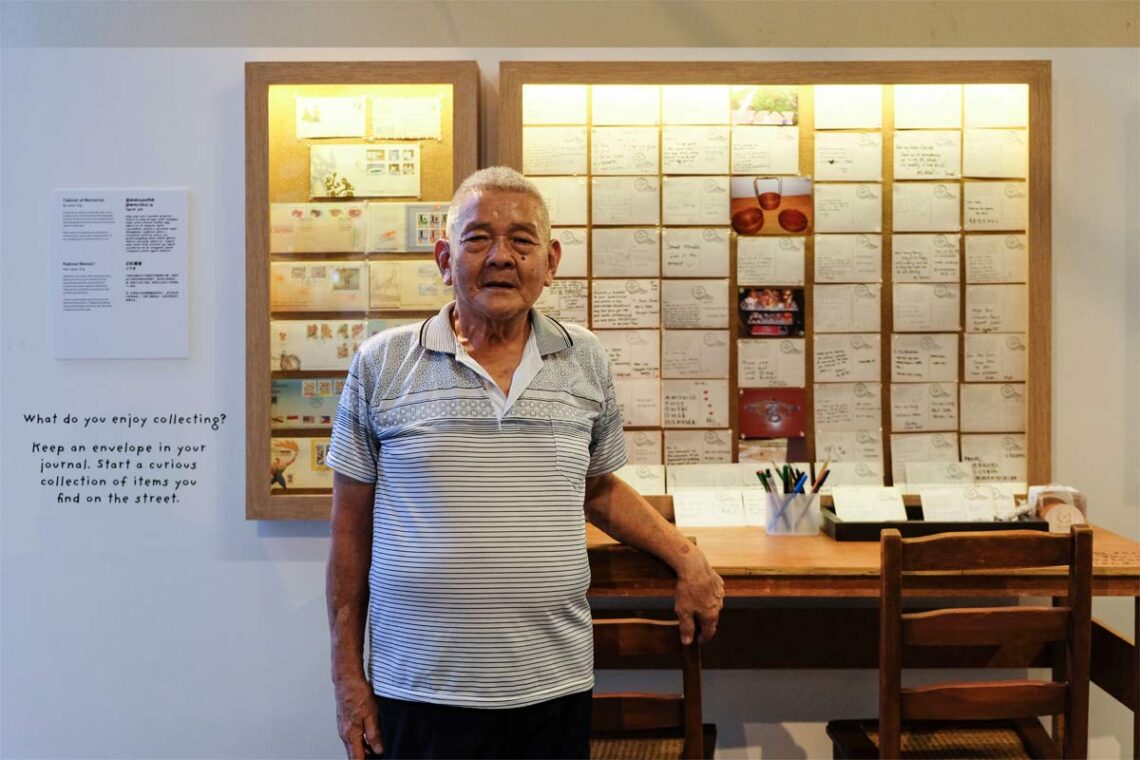
Shifting perspectives on design
The shifting and increasingly interdisciplinary role of designers is something we can expect to hear more about from Chua at the Design Futures Forum during Singapore Design Week 2023, where she will be speaking. “We need to swim in the boundaries of fields and be able to work with stakeholders in various sectors,” she says ahead of the event.
She and Maggio are pressing ahead with explorations that push those boundaries ever further. Already, they are applying the learnings from Chua’s master’s studies in a new collaboration with Singaporean composer Joyce Koh and Berlin-based game development and virtual reality company Game Lab. With the ReSilence project, they aim to nudge at perspectives about the environment and human domination of it by communicating the sounds of the sea – not the familiar crash of waves but sounds from beneath the surface that typically evade human ears.
Explains Maggio, “The project is about how sound affects us, and aims to change our perspective from ‘always human’ to something broader. How are whales affected by cruise ships and sea mining? How are microbes affected? It’s about moving to a planetary, interspecies outlook.”
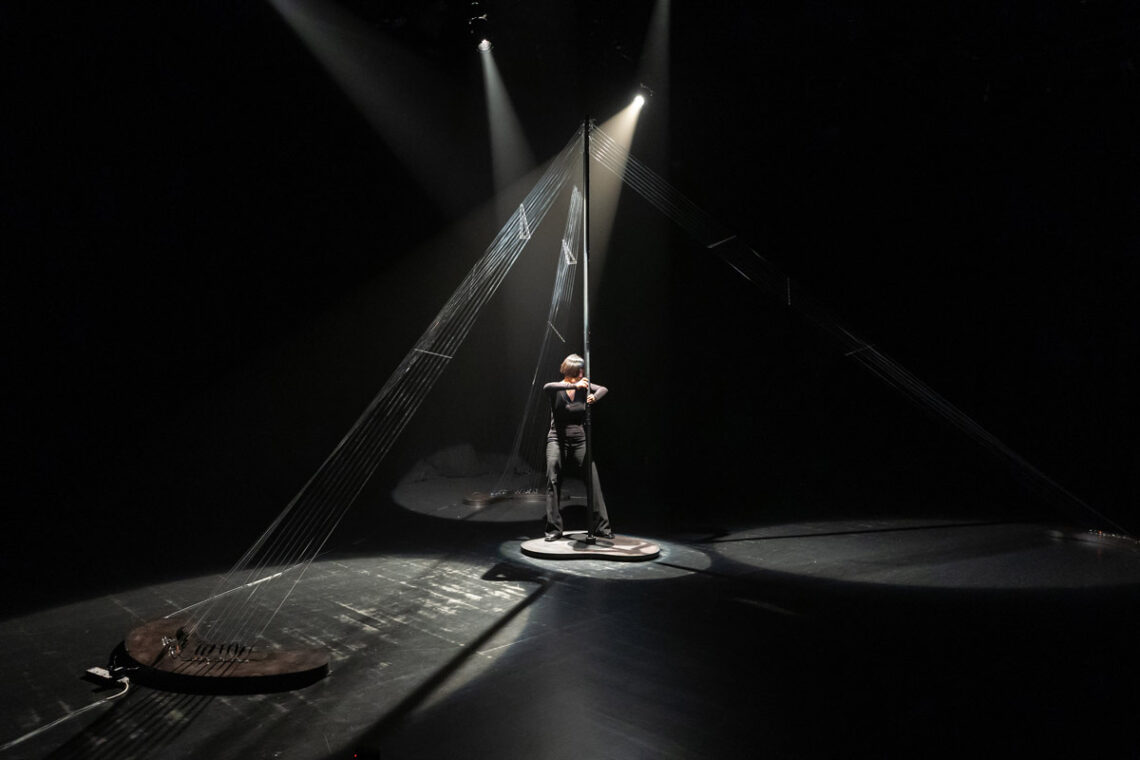
The project team, supported by a European Commission grant under the S+T+ARTS programme (which seeks fusions of science, technology, and the arts – including design), will produce a short film to be experienced through a VR headset and a haptic vest. Audiences can expect “a super immersive experience involving temperature, vibration, sound, and visuals to connect you to environmental challenges in an impactful way,” says Maggio.
“As we work with the scientists, I believe they are seeing the value of our role as designers in translating their data,” says Chua. She continues, “Often, their research stays in publications – there’s still a big gap between what they’re researching and how members of the public can perceive its impact on their lives.”
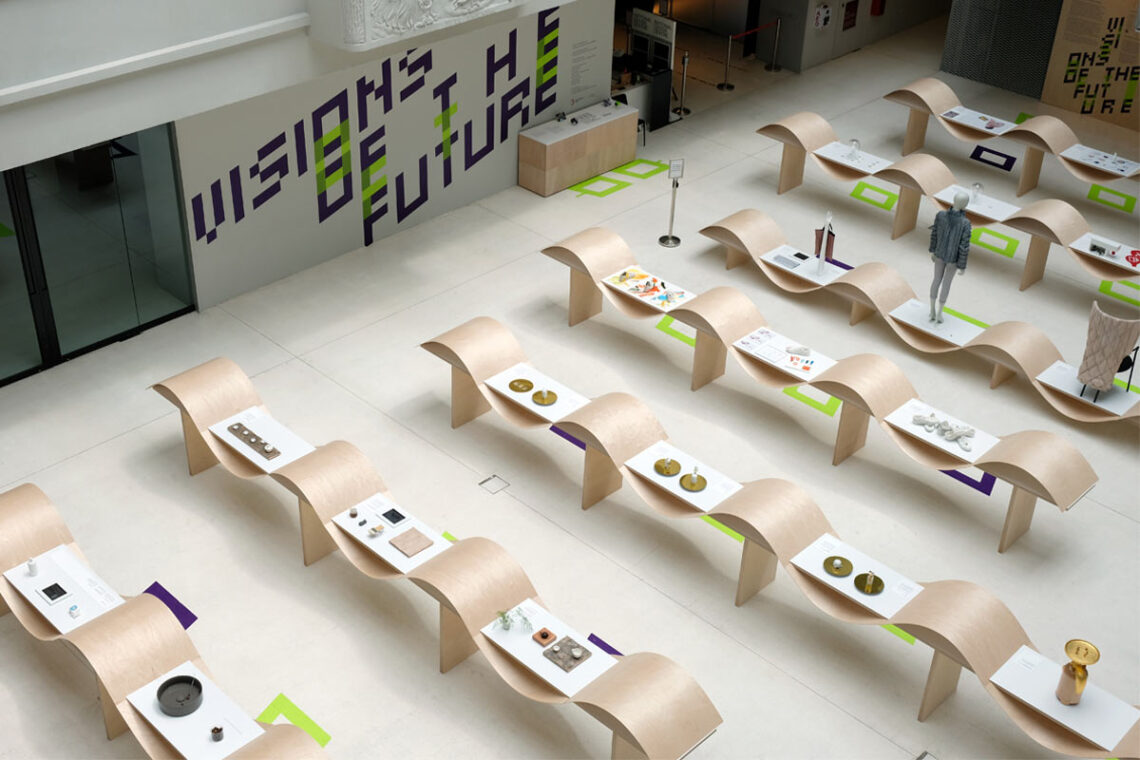
The completion of ReSilence in a year’s time will underline just how far Chua and Maggio are taking their practice beyond the traditional remit of the industrial design field in which they were originally trained. They see themselves as being part of a broader movement among Singapore designers toward outcomes embodying care, even as new technologies continually open up enticing possibilities for a more intense pace of creative output.
Maggio, for example, recently used new AI tools to develop car designs for the anniversary of the Renault Twingo vehicle in a matter of days. “I really see that as an enabler to be more creative and do things you couldn’t do before,” he reflects.
“At the same time,” he adds, “and on the other hand, there’s increasing awareness – especially among young design students – about social issues. In the past, many students just wanted to design something that looks good and sells well. Today I see more drive among young people to do things that have meaning – projects that involve society, or are related to care, whether it’s environmental or social. For me, that’s a clear change compared to 15-20 years ago.”
While acknowledging how much industrial design education in Singapore has changed in recent years – with a greater focus on experience design today (often aligned with app development) – he and Chua are positive about the ability for designers (and anyone embarking on an understanding of design thinking) to adapt to this shift in the zeitgeist. “If you look at the design thinking toolkit,” says Chua, “we are already using tools from social science. Ethnography came from anthropology and sociology.”
She continues, “But if we want to weave things together, designers also need to be able to think like a social scientist, like a natural scientist, like a media technology scholar, or like a businessperson. We need to be able to speak the languages of those fields to go deeper.”

Increasingly, even with projects that are more product-design centric, we’ve realised that you need interdisciplinary collaborations to enrich what you’re doing. If you focus on traditional industrial design only, your area of influence is very limited. Bringing in other expertise is an essential part of any project.
— Gustavo Maggio
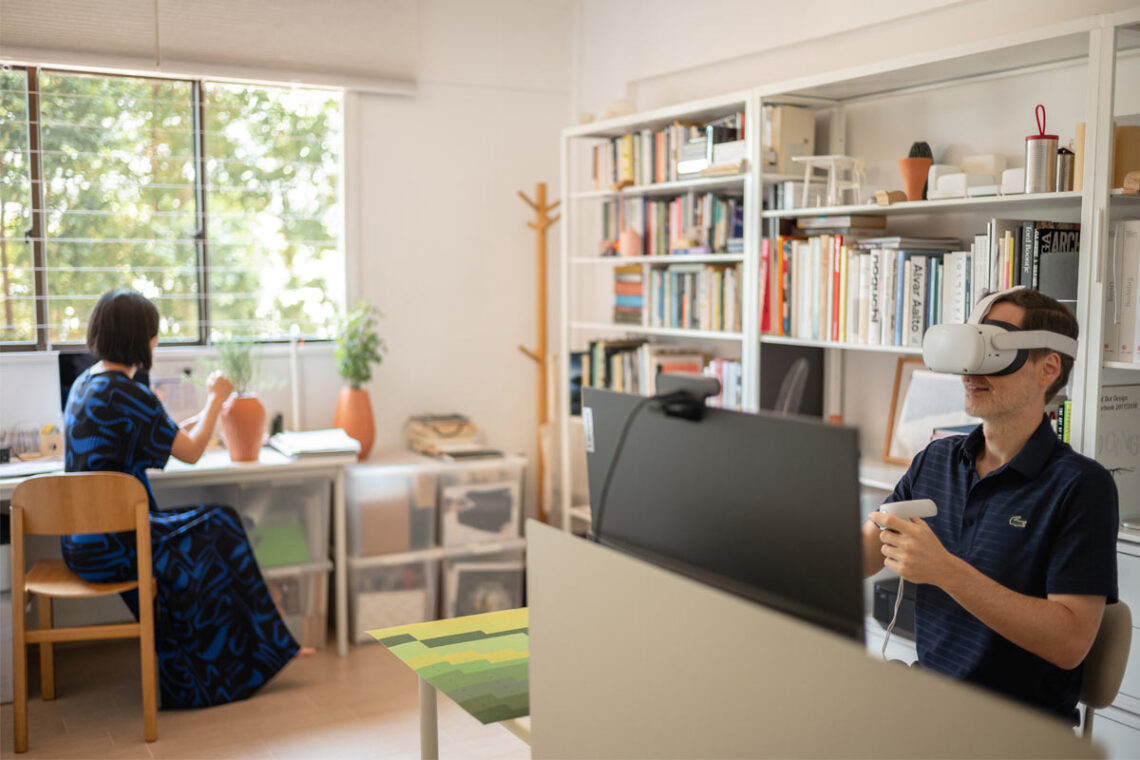
Read our unfolding series of stories on creative discovery and making life in Singapore ‘Better by Design’.






